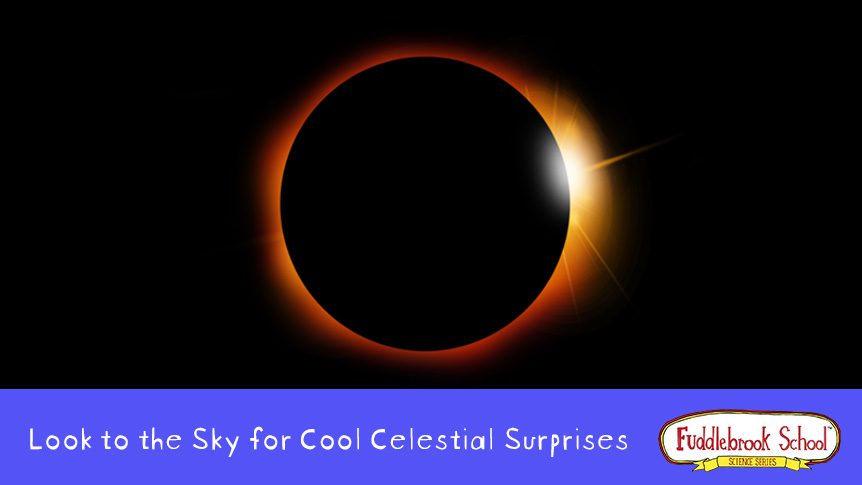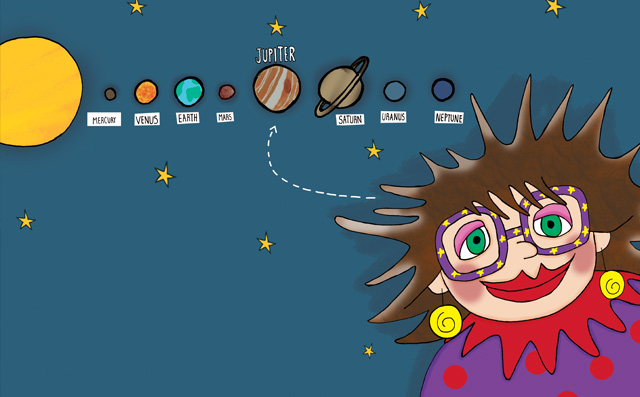If you are in the middle of the U.S. this month you are in for a big celestial surprise. On August 21 will be a rare total solar eclipse, where the Moon completely blocks the Sun, revealing the Sun’s beautiful outer atmosphere known as the corona. The last total solar eclipse visible in the continental United States occurred in 1979 and the next one will not take place until 2024. The path of totality will begin in the Pacific Ocean and travel through the center of the United States. A partial eclipse will be visible in most of North America and parts of northern South America.
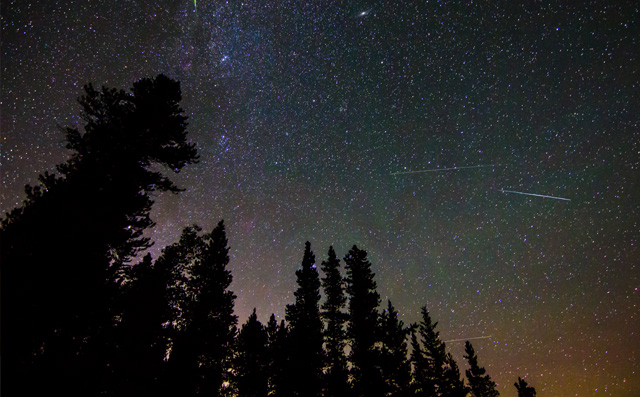
But that’s not all. How about Perseids Meteor Shower on August 11 and 12 as a warm-up? The Perseids is one of the best meteor showers to observe, producing up to 60 meteors per hour at its peak. It is produced by comet Swift-Tuttle, which was discovered in 1862. The Perseids are famous for producing a large number of bright meteors. It peaks this year on the night of August 11 and the morning of August 12. Best viewing will be from a dark location after midnight. Meteors will radiate from the constellation Perseus, but can appear anywhere in the sky.
A few months later, November 13 to be exact, will be a spectacular conjunction of Venus and Jupiter visible in the evening sky. The two bright planets will be extremely close, appearing only 0.3 degrees apart. Look for this impressive pairing in the Eastern sky just before sunrise.
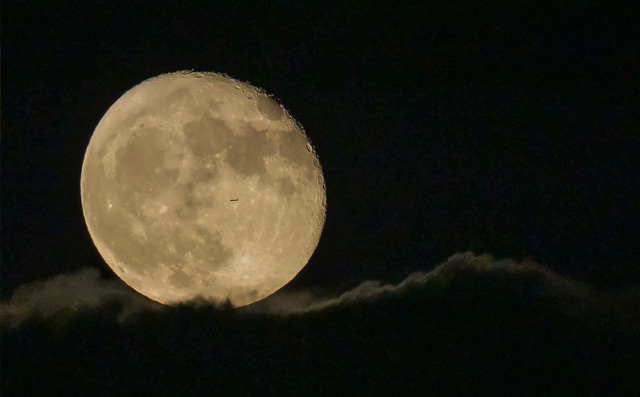
The night sky still isn’t done showing off in 2017! On December 3, we’ll see a supermoon. The Moon will be located on the opposite side of the Earth as the Sun and its face will be fully illuminated. This is the only supermoon for 2017. The Moon will be at its closest approach to the Earth and may look slightly larger and brighter than usual.
To wrap up 2017’s celestial show, on December 13 and 14 we’ll end with the Geminids Meteor Shower. The Geminids is the king of the meteor showers. It is considered by many to be the best shower in the heavens, producing up to 120 multicolored meteors per hour at its peak. It is produced by debris left behind by an asteroid known as 3200 Phaethon, which was discovered in 1982. It peaks this year on the night of the 13th and morning of the 14th. Best viewing will be from a dark location after midnight. Meteors will radiate from the constellation Gemini, but can appear anywhere in the sky.
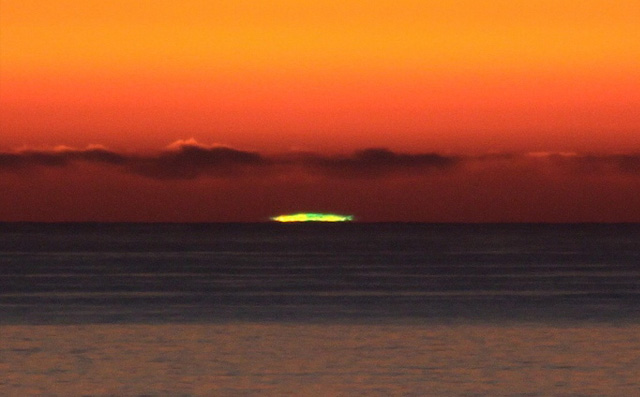
Not tied to a particular date, have you ever seen the legendary “green flash?” The green flash is an optical phenomenon that you can see shortly after sunset or before sunrise. It happens when the Sun is almost entirely below the horizon, with the barest edge of the Sun – the upper edge – still visible. For a second or two, that upper rim of the Sun appears green in color. It’s a brief flash or glow of the color green as the sun changes from red or orange at sunset, for example.
The green flash occurs because Earth’s atmosphere bends and scatters light from the departing Sun. When viewing conditions are just right, green wavelengths reach our eyeballs and the rest are filtered out. Normally, optimal conditions include a clear, unpolluted horizon that’s free of clouds and haze. People most commonly report seeing green flashes over the ocean, though a watery horizon is not a requirement.
So why it is so unusual to see? One explanation is that under normal circumstances, the green flash is so quick that it’s imperceptible unless an inversion layer in the atmosphere helps the color stick around for longer. In truth, we aren’t really for sure and it’s tough to predict when it will appear or if you’ll ever see it.
How about some activities from the Fuddlebrook series to reinforce all this science in the sky? You can even take a look at our book The Case of the Vanishing Moon for free and learn about Moon phases in a yummy way. The Substitute from Jupiter is also a cool way to learn more about planets. The story is fun and we use toilet paper to help demonstrate each planet’s distance from the Sun.
So read about our awesome universe, do the reinforcement activities, then go outside for the celestial surprises of 2017!

